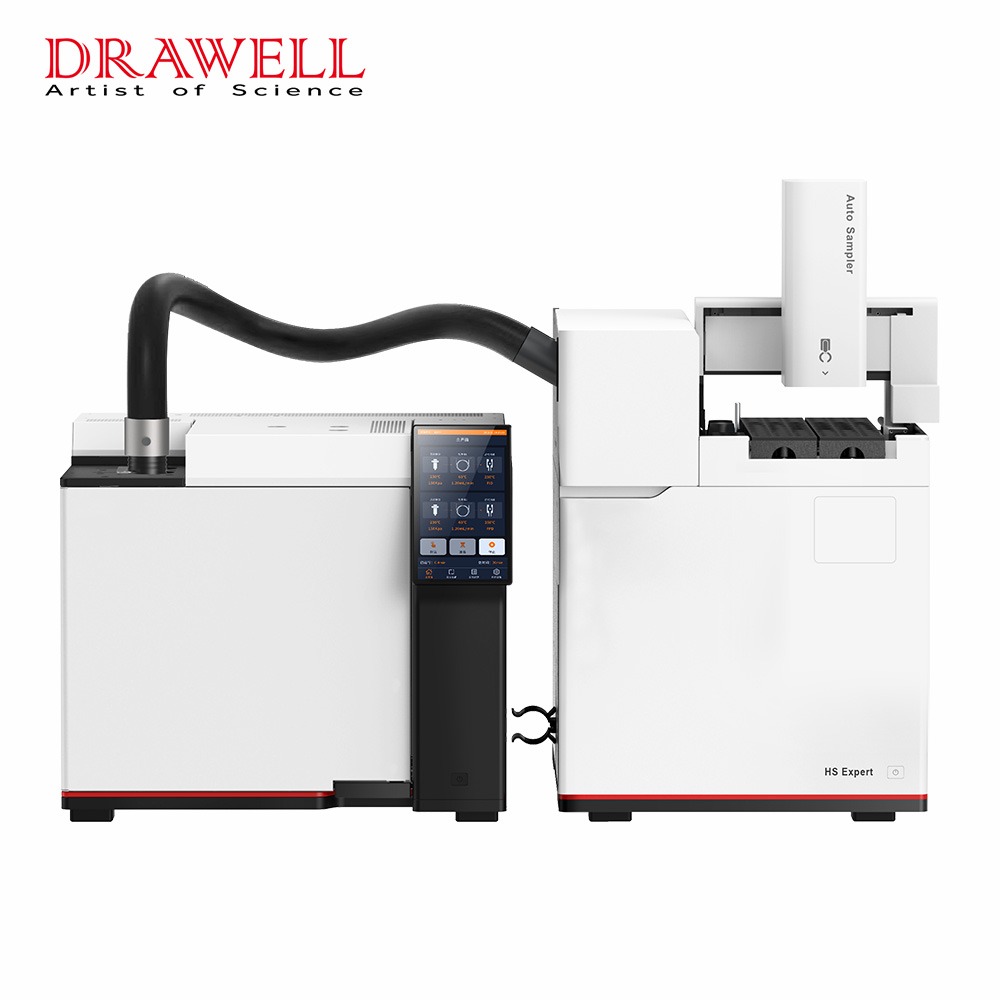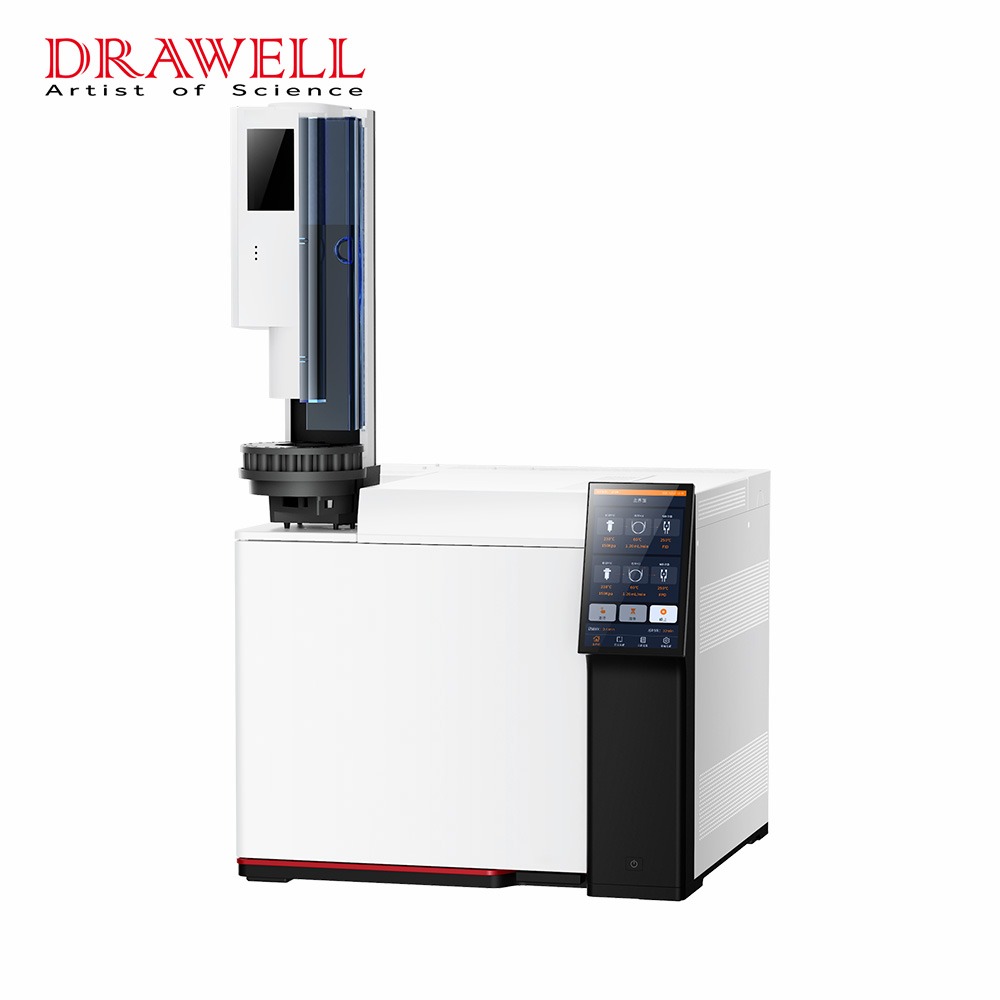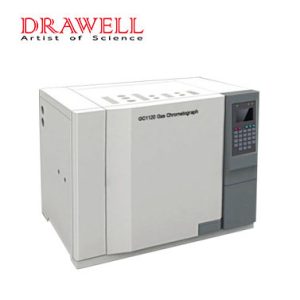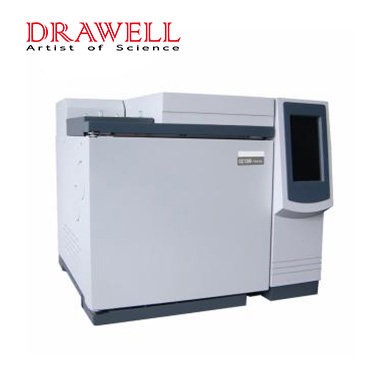Gas chromatography (GC) is a widely used analytical technique employed in various fields, including chemistry, environmental science, pharmaceuticals, and food analysis. It enables the separation and quantification of complex mixtures of chemical compounds. Gas chromatography (GC) typically uses one or more types of gases, which serve different roles in the chromatographic process. These gases can be classified into two main categories: carrier gases and detector gases. The choice of gas depends on the specific requirements of the analysis, the type of detector used, and instrument capabilities. In this article, we’ll explore the types of gases used in gas chromatography and the reasons behind their selection.
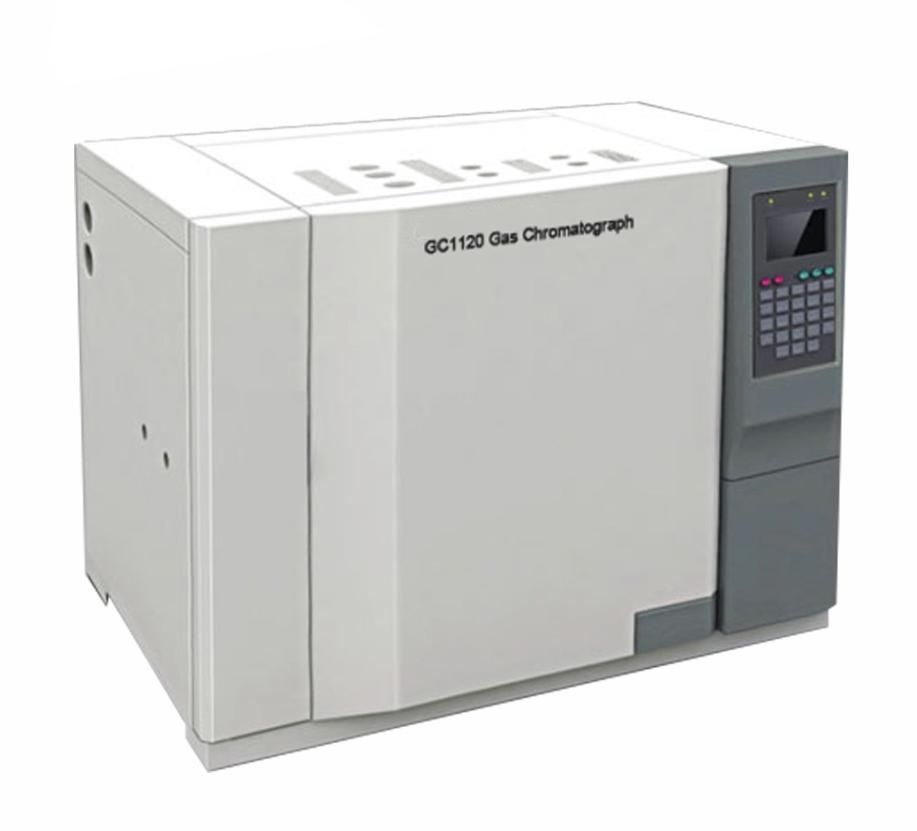
The Role of Carrier Gases in Gas Chromatography
Before delving into the specific types of gases used in GC, let’s first understand the role of the carrier gas in this analytical technique.
1. Sample Transport: The primary function of the carrier gas is to transport the sample through the chromatographic system. It carries the injected sample vapor from the injection port into the chromatographic column, where separation of components occurs.
2. Efficient Separation: The carrier gas affects the efficiency of separation by facilitating the movement of sample components within the chromatographic column. It influences factors like resolution, retention time, and peak shape.
3. Detector Sensitivity: The choice of carrier gas can also impact detector sensitivity, as it affects the rate at which analyte molecules reach the detector.
Now, let’s explore the common types of gases used in gas chromagraphy and the reasons behind their selection.
Common Types of Gas Used in Gas Chromatography
- Carrier Gases: Carrier gases are the primary gases that carry the sample components through the chromatographic column. They should be chemically inert and have low molecular weights to minimize resistance and facilitate efficient separation. Common carrier gases include:
- Helium (He): Helium is one of the most commonly used carrier gases in GC due to its inertness, thermal stability, and predictable behavior. However, helium has become less available and more expensive in recent years.
- Hydrogen (H₂): Hydrogen is another common carrier gas. It has the advantage of providing faster separations due to its lower viscosity and higher diffusion coefficient compared to helium. However, hydrogen is flammable and requires extra safety precautions, including the use of a flame ionization detector (FID).
- Nitrogen (N₂): Nitrogen is also widely used as a carrier gas in GC. It is chemically inert, readily available, and cost-effective. Nitrogen is a good choice for general-purpose applications.
- Argon (Ar): Argon is sometimes used in specific applications, such as inductively coupled plasma (ICP) GC, where high-temperature and high-energy environments are involved.
- Detector Gases: In some types of detectors, additional gases are required for proper operation:
- Hydrogen (H₂) for Flame Ionization Detector (FID): FID detectors require a flow of hydrogen gas as fuel for the flame, along with an auxiliary flow of air or oxygen. This detector is commonly used for organic compound analysis due to its high sensitivity and wide applicability.
- Makeup Gas: Some detectors, like electron capture detectors (ECD), may require a separate makeup gas to maintain the detector’s performance and stability.
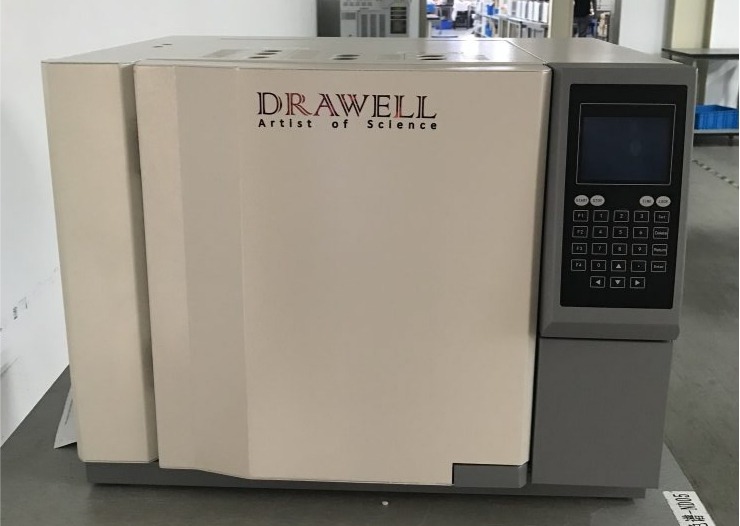
The Reasons for Nitrogen(N₂) Used in Gas Chromatography
Nitrogen is commonly used as a carrier gas in gas chromatography (GC) for several important reasons:
- Inertness: Nitrogen is chemically inert, which means it does not react with most compounds under typical GC conditions. This inertness ensures that the carrier gas does not interact with the sample components being analyzed, preventing unwanted chemical reactions or adsorption on the column walls. This is crucial for accurate separation and quantification of analytes.
- Widely Available: Nitrogen is readily available and relatively inexpensive, making it a practical choice for laboratories. It is typically supplied in high-purity form, which is important for obtaining reproducible and reliable results in GC analyses.
- Thermal Stability: Nitrogen exhibits good thermal stability, meaning it does not break down or react at the high temperatures often used in GC analysis. This stability allows for the use of elevated temperatures in the GC oven without concern for gas degradation.
- Low Molecular Weight: Nitrogen has a low molecular weight (N2), which results in minimal resistance to flow through the GC column. This property allows for efficient carrier gas flow rates, enabling quick and efficient separations.
- Predictable Behavior: Nitrogen behaves in a predictable and consistent manner in GC, which simplifies method development and optimization. Its physical properties, such as diffusion coefficients and thermal conductivity, are well-characterized.
While nitrogen is a common choice as a carrier gas, other gases like helium and hydrogen are also used in gas chromatography, each with its own advantages and considerations. Helium, for instance, is another inert gas that has been traditionally used in GC, but it has become less available and more expensive in recent years, leading to increased interest in alternative options like nitrogen and hydrogen. The choice of carrier gas depends on the specific requirements of the analysis, instrument capabilities, and cost considerations.
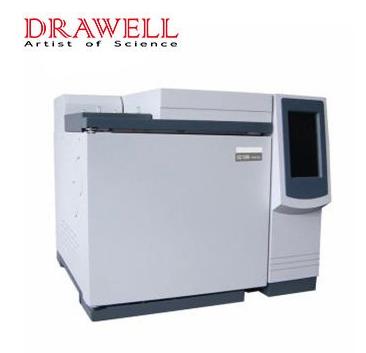
The Considerations of Gas Selection in Gas Chromatography
The choice of carrier gas in GC depends on several factors:
- Analyte Properties: Consider the nature of the analytes being analyzed. Hydrogen, for instance, is well-suited for low-molecular-weight compounds, while helium and nitrogen are more versatile for a wide range of analytes.
- Instrument Compatibility: Ensure that your GC instrument is compatible with the chosen carrier gas. Some systems may require modifications to accommodate specific gases.
- Safety: Take into account safety considerations, especially when dealing with flammable gases like hydrogen. Implement appropriate safety measures and equipment.
- Cost: Consider the cost of the carrier gas, especially if you are running a high-volume of analyses.
- Analysis Time: Hydrogen can significantly reduce analysis time due to its efficiency. If rapid separations are essential, hydrogen might be preferred.
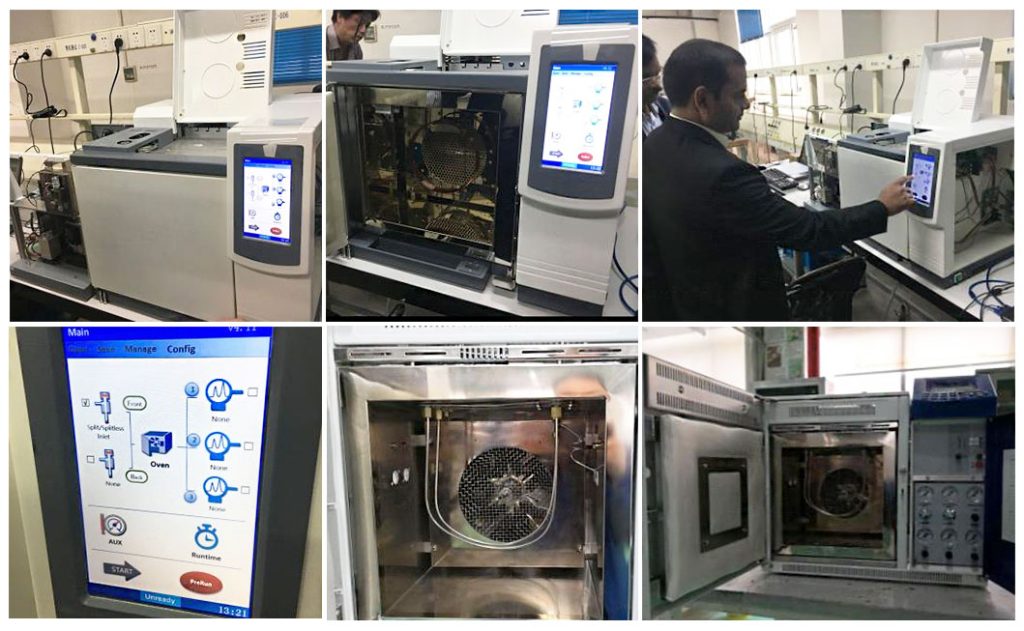
Conclusion
In conclusion, the choice of carrier gas in gas chromatography plays a critical role in the success of the analysis. Helium, hydrogen, nitrogen, and argon each have their advantages and considerations, making them suitable for different applications and circumstances for gas chromatography. Laboratories should carefully assess their specific analytical needs and safety requirements when selecting a carrier gas for GC analysis. With the right choice, accurate and reliable results can be obtained across a wide range of analytical challenges.

